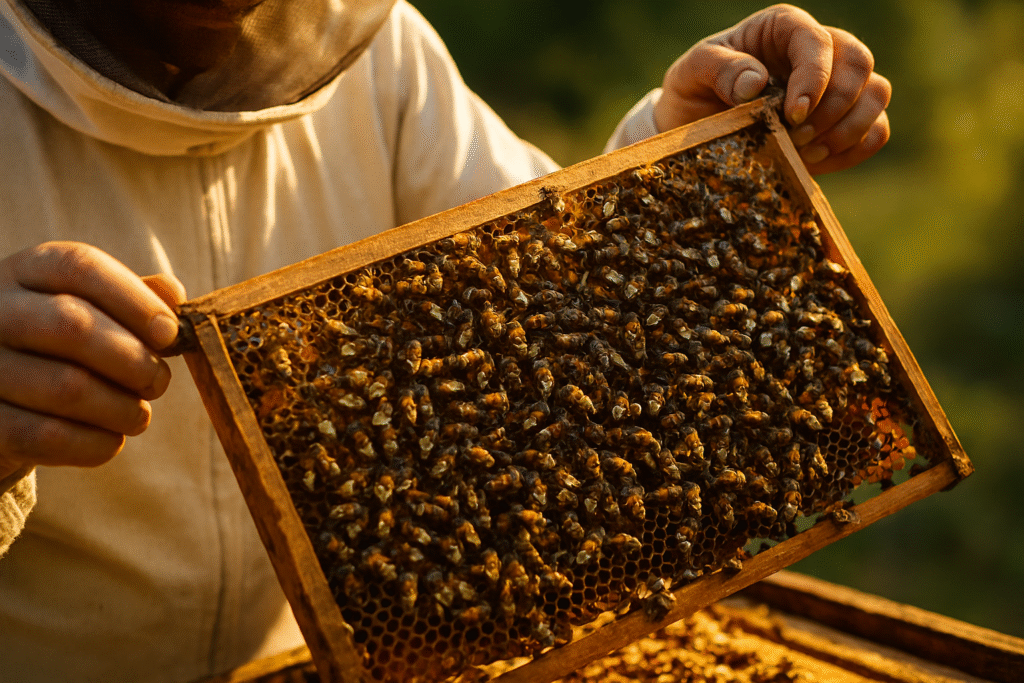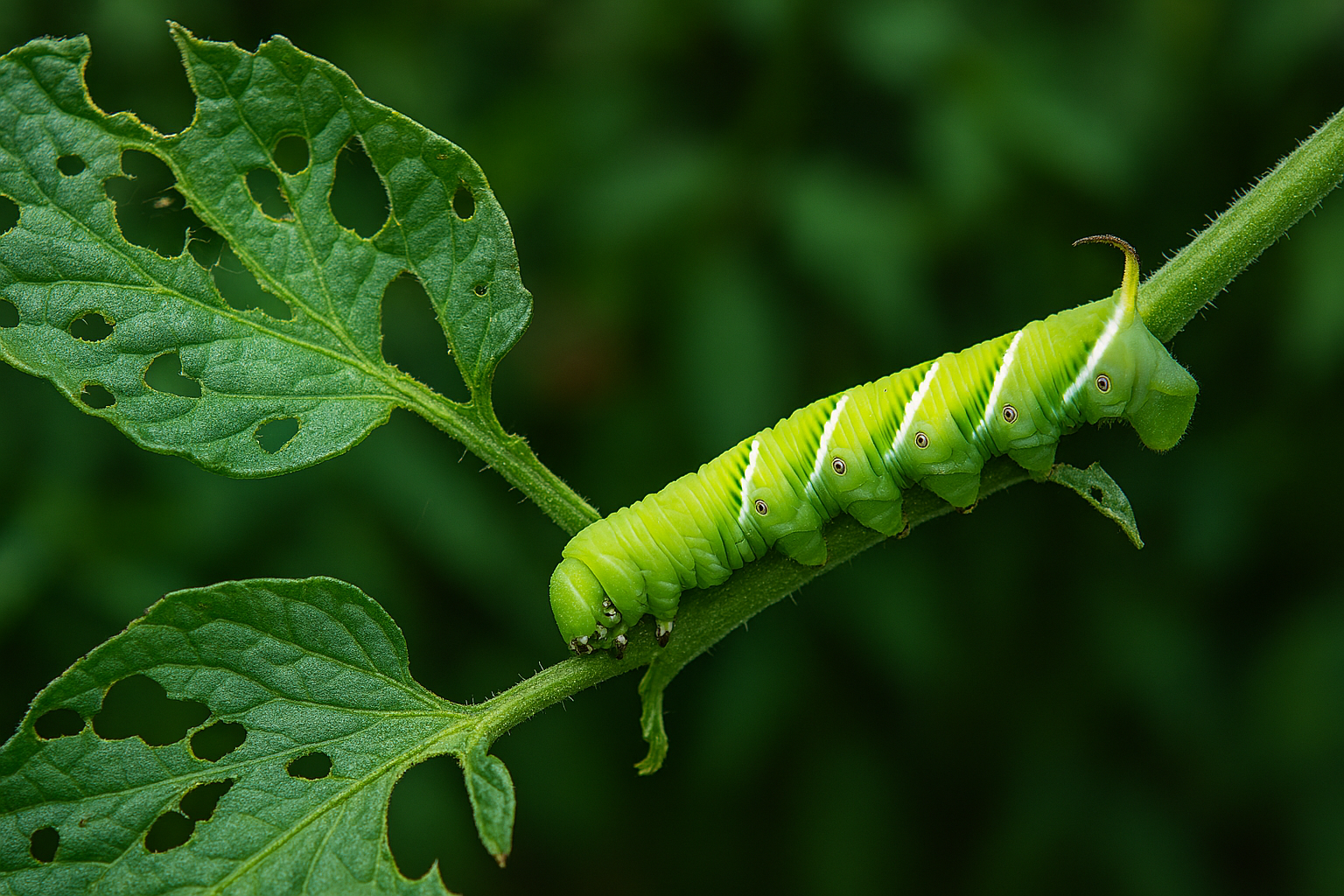
Starting your first beehive is exciting, a little nerve-wracking, and—if you don’t understand bee behavior—possibly a very confusing dance involving flailing arms and retreating neighbors. The key to a good start in beekeeping is learning how bees think, communicate, and defend their home. If you can “read” your bees, you’ll make better decisions, prevent problems, and enjoy the process a whole lot more.
Why Knowing Bee Behavior Matters
Bees are not just buzzing insects—they’re complex, highly organized little workaholics. Understanding what they’re trying to tell you (without stingers) can help you:
- Work your hive without causing chaos.
- Recognize when they’re healthy or stressed.
- Avoid triggering defensive swarms.
- Keep your neighbors happy and sting-free.
When you know bee behavior, you’ll feel confident during inspections, spot issues early, and enjoy the fascinating rhythms of the hive.
The Basics of Bee Communication
Honeybees have a language all their own—part interpretive dance, part chemical messaging, part sound effects. Here are the essentials:
1. The Waggle Dance
This isn’t a TikTok trend—it’s how bees tell others where to find nectar, pollen, or water. The direction and duration of the “waggle” indicate the food’s location relative to the sun.
2. Pheromones
Bees use scent to signal everything from “We found flowers!” to “We’re under attack!” Queen pheromones keep the hive calm and organized, while alarm pheromones (smelling a bit like bananas) mean trouble.
3. Buzz Tones
The pitch of a hive changes depending on mood. A low, content hum? All’s well. A frantic buzz? You’ve overstayed your welcome.
Reading the Room (Bee Edition)
Before you open the hive, take a moment to observe:
- Are they flying steadily in and out? That’s a productive, happy colony.
- Are a lot of bees hovering at the entrance, facing outward? They might be on guard.
- Is there loud, erratic buzzing when you open the lid? Time to close it and try later.
Common Bee Behaviors to Expect
- Orientation Flights – Young bees hovering near the entrance in the afternoon, learning their way around. Don’t panic—it’s not a swarm.
- Bearding – Bees clustering outside on hot days to regulate hive temperature.
- Chasing – If bees follow you for 20 feet or more after an inspection, you probably moved too fast or worked without enough smoke.
- Festooning – Bees hanging in chains from each other inside the hive. This means they’re building comb—a very good sign.
Tips for a Smooth First Hive Experience
- Use a smoker wisely – A few gentle puffs calm the bees and mask alarm pheromones.
- Work on sunny, warm days – Bees are calmer when they’re busy foraging.
- Move slowly and deliberately – Quick movements can trigger defensive behavior.
- Wear proper protective gear – Even the most docile bees sting if they feel threatened.
- Respect the hive’s schedule – Avoid inspections during storms, late evenings, or when nectar is scarce.
A Personal Story from My Bee-Obsessed Past
When I was in fifth grade, my homeroom teacher installed a glass-sided beehive in the classroom window. I learned that bees are both fascinating and unpredictable—especially the day one made a great escape. Nothing disrupts math class quite like a bee making a beeline for your eraser. The teacher’s “calm” voice didn’t fool anyone, and within seconds, the room was part science lab, part rodeo. Lesson learned: bees have personality, and you need to respect it.
Final Buzz
Starting your first beehive is easier—and far more enjoyable—when you can read your bees like a book. Their behaviors are predictable once you understand them, and the more time you spend observing, the more confident you’ll become. Remember: bees aren’t out to get you—they’re just busy running one of the most efficient operations on Earth. Learn their ways, respect their space, and they’ll reward you with pollination, honey, and endless fascination.







Leave a Reply